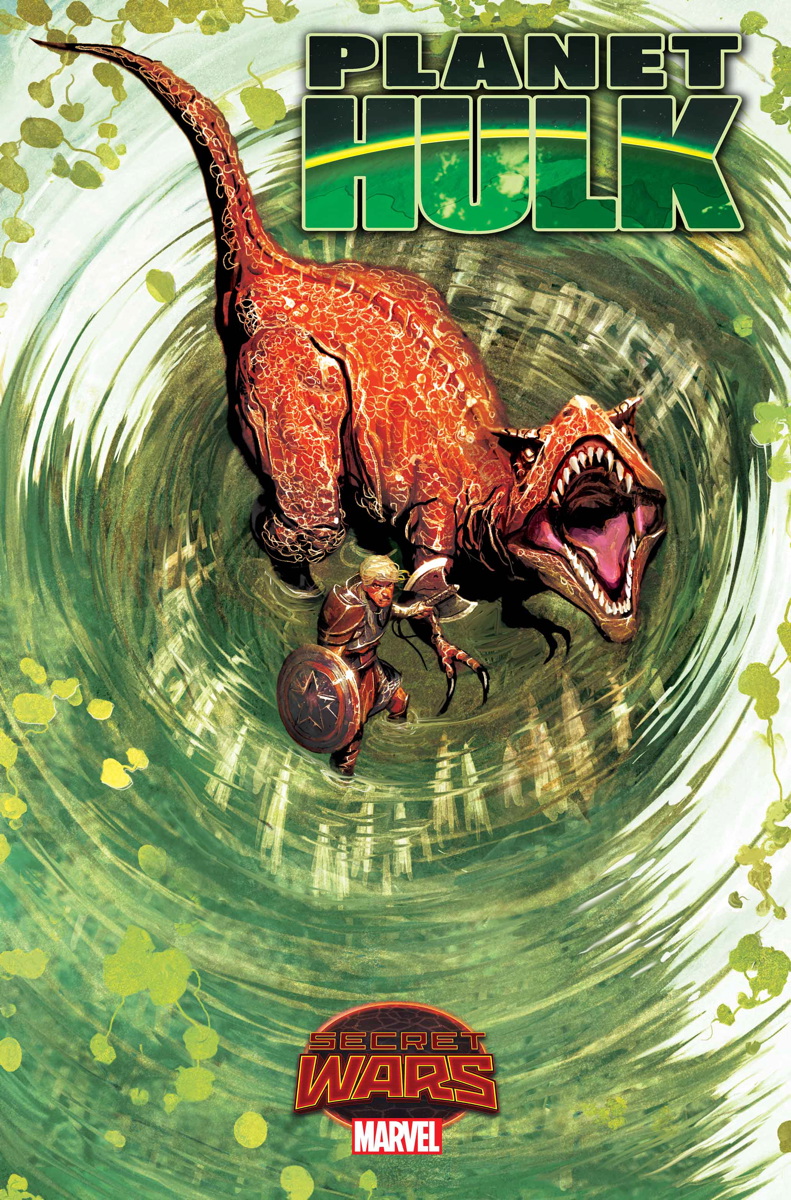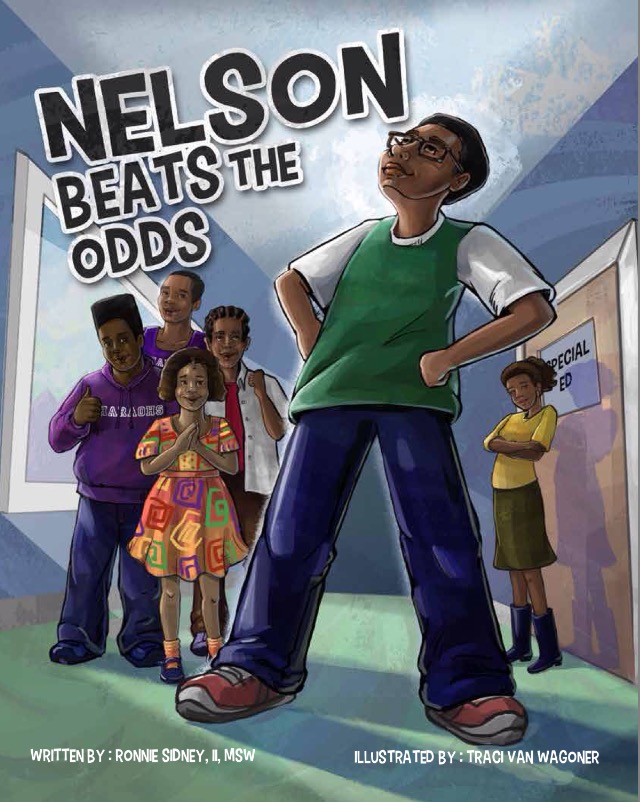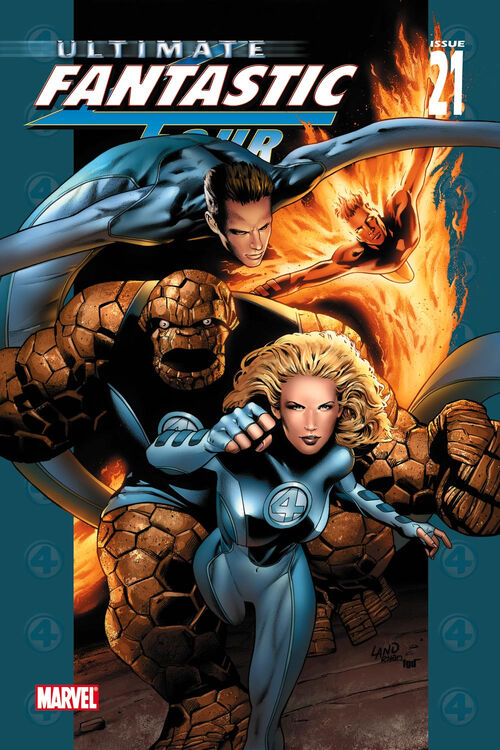Secret Wars 2015: The view so far
(all images from Marvel.Com)
Omi's Note: Usually
I don't post spoiler alerts. If you read about comic books on line,
there are spoilers galore. Quite honesty, I come to expect spoilers.
However, I do feel that in this case I should warn the reader. I will
give many spoilers but if you haven't be reading Marvel Comics in
say, the last 30 years, you won't get half this stuff anyway.
I would be the
first to admit that with the Incursion Events in Marvel under
Jonathan Hickman, I was hoping that the heroes of Earth 616, in
particular the Illuminati, would figure it out and save the universe.
I really did. Even when every Avenger title demonstrated that nothing
they could do or anyone in another reality could fix it. Most of the
solutions were temporary and involved destroying an entire universe.
So not only were those solutions difficult, they were ethically
immoral. When the rumor mill began to spin the story of the
destruction of the Marvel multiverses, I was really mad about this. I
could understand if Marvel got rid of a few of these multiverses.
Sometimes, writing stories that include characters from these
alternate universes can be confusing.
I
believed that this new Secret Wars storyline would be the dumbest
thing ever. I have never been wrong (and I have been eating crow with
every release of the series). I just put down issue # 4 as of July
30th.
I have to mention that the stories based on this new Secret Wars
“crossover” are very good. I mean some are awesome. Half way in,
I will say Marvel has hit it out the park.
Upsides:
I enjoy the fact
that the Marvel editorial team picked up on Dr. Doom's long term
goals from the original Secret Wars. If you recall, at that point Dr.
Doom was able to steal away the Beyonder's power. Since that time,
Doom continued to believe that only he could retain that much power
and rule the universe. While he continued to be a nuisance to the
Marvel universe, all of his schemes were not the endgame. We finally
see Dr. Doom see an opportunity to find that endgame and sit himself
on the throne of the known universe.
Despite it's
complexity, Battleworld is amazing. Again, the Marvel creative team
took it's cues from the original story line where the Beyonder took
pieces of different universes and put them all on one planet. It's
understandable why Dr. Doom did it this way. Every piece of
Battleworld with the exception of a handful, are ruled by Barons put
in place by Dr. Doom. It seems like Dr. Doom thought this was a good
idea to create Battleworld in this order to keep the population in
check. All of the barons seem to have rebellions in all of their
fiefdoms and are too busy fighting them off to unite against Dr.
Doom. Some of the Barons include Apocalypse, Maestro, Mr. Sinister,
and Hyperion to name a few. These barons are powerful enough in their
own right but together could probably stand a chance to defeat Doom
if they united but they remain too busy dealing with their own
squabbles. Hickman has even figured out how to put in the Marvel
Zombies universe into the story without it being corny. It's a place
where Doom banishes all of the rebels throughout Battleworld.

The Thor Corps is
really what keeps me ready to read each chapter. Here we have a corps
of police enforcers who unquestionably follow Doom and wield hammers
that are similar to that of the original Thor from Earth 616. All of
the Thors come from different parts of Battleworld. Doom did this so
that he didn't have to do any of the work himself. He can just send a
squad of Thors to do it for him.
I
never been a huge fan of Dr. Strange. All that magic stuff doesn't do
it for me. However in this instance, Hickman writes him well. Dr.
Strange is the only other person besides Doom who remembers how the
universe was before the Incursions. Everyone else believes that
Battleworld is something that has always existed. We learn in issue 3
that Dr. Strange had the opportunity to received the power of the
Beyonders but refused and accepted the idea that Doom could wield
that power better than he could. This part of the story is very, very
interesting.
Esad Ribic's
breakdowns have always been fascinating. I think this story really
allows him to push the boundaries of his creativity. Even if the
writing was boring, I would still collect the issues because of his
pencils.
The Bad
While Battleworld
is like a buffet, there is just too much stuff out there. While some
of the heroes we know and love from the Marvel multiverse are
rehashed and remixed in clever ways and there is something for
everybody, it is just too much to digest. Pretty much in a span of a
few weeks, Marvel has launched several new titles. With some good
there is bound to be some bad. Planet Hulk is not actually Planet
Hulk. Star Lord and Kitty Pride is over the top. Age of Ultron vs.
Marvel Zombies is lackluster. I can go on and on.
Many of the
stories are great, but we know in the end, Marvel is not going to
continue them. There is a Thors title with the Thor Corps. We all
know that's not going to last. Civil War and Old Man Logan? Outta
here. So why tease us like this, Marvel? I mean we know why, but we
want to hear you guys and gals say it.

Most, if not all,
of the crossover titles have no bearing on the actual storyline. Sure
The Thors series gives the reader insight on how the Thor Corps
functions and demonstrates how the idea that the Battleworld has
always been there, none of what the characters a reader might end up
enjoying will affect the overall series. This has been a problem with
previous crossovers. In a way, if you want to save money this works
but if the reader becomes invested in characters that will be
discarded anyway, what is the use?
Some of the
stories are rehashed but are not like their namesakes. The best
example is Planet Hulk. Another on is the Infinity Gauntlet. While I
enjoy the story of the Infinity Gauntlet, I did expect a series that
dealt with several heroes and villains like the original story. This
might be difficult to do, but if Thanos is central to the Secret Wars
storyline, things might get a bit confusing.
Overall, I think
the series is worth it. Purchasing the crossover titles is not
necessary. I am sure that most of the stories will be memorable and
will allow other artists and writers to get a little shine. I do look
forward to the conclusion of the story since Hickman continues to ask
more questions as it progresses.




















